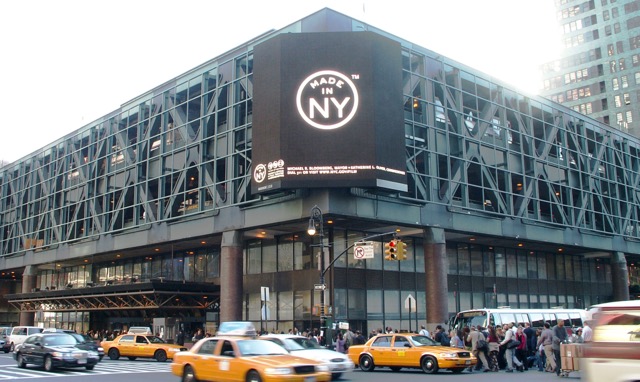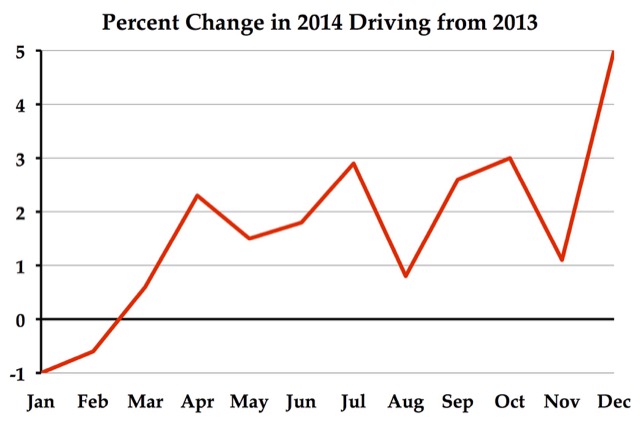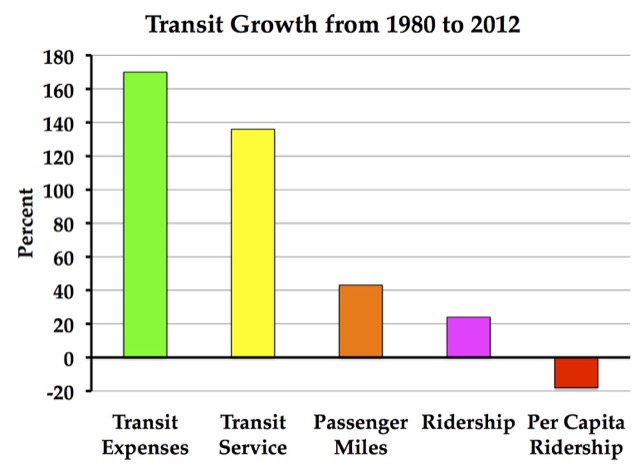As if it isn’t bad enough that New York City is spending $2.2 billion a mile building a new subway, the Port Authority of New York and New Jersey says that replacing the Port Authority Bus Terminal will cost $8 billion to $10 billion. That estimate is up from a mere $800 million a year ago.

Some have called the Port Authority Bus Terminal one of the ten ugliest buildings in the world. Wikipedia photo by Roger Rowlett.
Port Authority officials “hope” that the federal government will pay for most of it, just as the feds paid three-fourth of the cost of the World Trade Center transit hub, which came in at $2.8 billion. Much of the current terminal is used for parking, shops, advertising, and other income-producing activities, yet it still manages to lose $100 million on operations.









